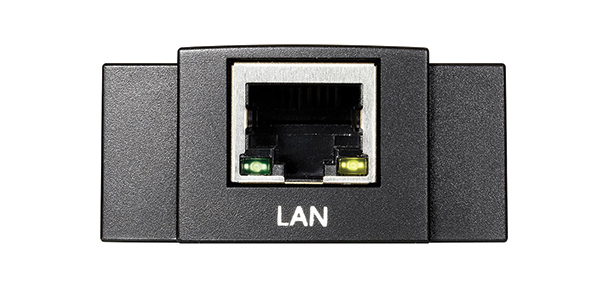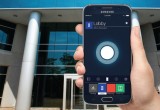Making physical access easier, more flexible with IP-based tech
01 May, 2015
category: Contactless, Corporate, Government, Library, Smart Cards
It used to be that managing property access for the Barefoot Resort in North Myrtle Beach, S.C., meant having to manually control access privileges for hundreds of residents.
Access privileges to the resort’s buildings, pools, beach cabana and gated parking lots varied from resident to resident. Ponderosa Management, the company in charge of 1,800 of the resort’s 3,000 homes and condos, relied on a traditional access system using dedicated lines to control physical access.
“The system was time consuming, inefficient and expensive,” says Pam Basilicato, executive director of Ponderosa Management in North Myrtle Beach, S.C.
Ponderosa looked into an Internet-enabled physical access system to accommodate the growing community and ultimately made the switch. With the Internet Protocol (IP)-enabled system, property managers now control access to all areas of the resort from any computer or smart phone. “For owners, it’s simple. They call in, we issue them a card, and two minutes later, it’s programmed,” Basilicato says.
Ponderosa Management is part of a growing trend. Both commercial and government organizations are moving toward Internet-enabled physical access control systems – and away from prior systems that required every door to be individually hard wired and programmed.
“Anybody who’s deciding they need to use something other than IP to network their building is at least 10 years behind, if not more,” says John Szczygiel, executive vice president and chief operating officer of Brivo Systems, the physical security company that produced the IP-based system used by Ponderosa. People have started asking, ‘Why do I need wires at all?’”
Connecting a physical access control system to an Internet-enabled backbone can ease a lot of pain for the end user. IP technology simplifies the infrastructure and can be more cost effective and easier to use. Still, some question if putting these systems online makes them more vulnerable.
Industry insiders contend that if such vulnerabilities exist, they stem from not having the proper protections and controls in place. “Its like asking, ‘Is my money safer underneath my mattress at home, or in the bank?’ Szczygiel says. “I think it’s safer in the bank.”
Technology drives IP demand
Despite these concerns, more physical access control systems are incorporating IP technology. Cloud, smart phone and tablet technologies have helped drive the demand for Internet-enabled systems, which rely on a network connection to grant a person access into a building. “Generally speaking, everything today is designed to run on a network,” Szczygiel says.
Through IP, the administration of a security system goes beyond just a single physical building. It can go across an entire enterprise, routing access controls along corporate and worldwide networks. “That gives you more flexibility,” says David Helbock Jr., senior sales engineer in the federal division of security firm XTec.
Two-way communication is one of the primary benefits of controlling access through IP. In the old days, many front-door physical access control readers used a Wiegand interface, a decades-old technology that provided only single direction communication. Each reader had to be hardwired individually to a central control panel somewhere inside the building. If one of the access control panels needed an update, someone had to go out and physically update the firmware.
To gain access into a building, an individual had to hold up a card to the reader, and the system would send back a pulse to say whether it was okay to open the door for that person.
With IP-addressable readers, however, more functions can be made available at the door. A door reader can check a biometric and send data back and forth from the network to the person at the door. Communication can also extend to other networks to more easily check cardholder status, credential validity or revocation lists.
“IP technologies are scalable to meet a particular customer’s needs and offer exponential possibilities to the end user,” says Rick Focke, senior product manager for Software House, a security firm that is part of Tyco Security Products.
IP readers can add a host of additional remote applications, such as employing the reader as an intercom or having users respond to customized questions or checklists. “Essentially, you have a smart device at each and every door,” says Conleth Donaghy, senior project manager for CEM Systems, a U.K.-based access control provider that is part of Tyco Security Products.
“As these devices develop, they will become smarter and smarter,” says Brivo’s Szczygiel. “The costs should be reduced for the overall systems because you’ll be able to put intelligence where it’s required, and not necessarily centralized.”




